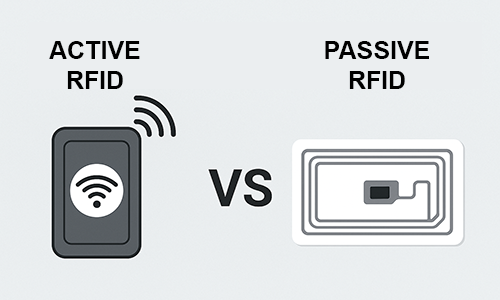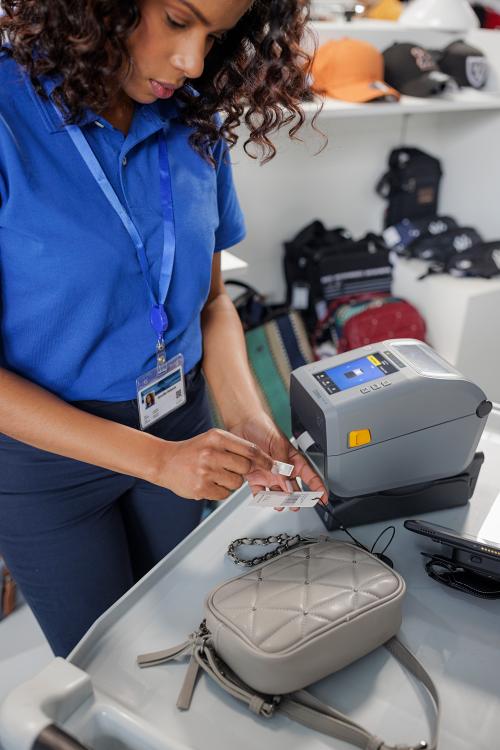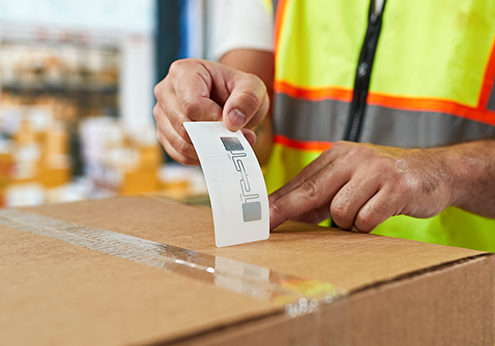What Are RFID Tags and Labels?
Each RFID (Radio Frequency Identification) tag and label is embedded with a microchip and small antenna, which enables it to transmit data to an RFID reader wirelessly using radio waves. The labels can include detailed, variable information such as the product name, price, serial numbers, supply chain data and even the location data of an item.
Unlike traditional barcode labels, which require a direct line of sight with a barcode scanner, RFID tags and labels do not require a line of sight - they can be read from a distance at various angles and even through certain materials. Multiple RFID labels and tags can be scanned simultaneously, and the data they store can be updated in real-time. With their combination of convenience, accuracy and speed, RFID tags and labels are commonly used in retail inventory environments, warehouses, fulfillment centers and healthcare environments.
RFID technology offers impressive capabilities. But before your customers make the investment, it’s important to find out whether it’s really the right solution for their needs and application.
Ultimately, it’s important to fully understand the costs of implementing an RFID system. At General Data, we always recommend customers perform a detailed ROI analysis before investing in an RFID system to get a good idea of the potential cost and time savings gained by using RFID technology.




